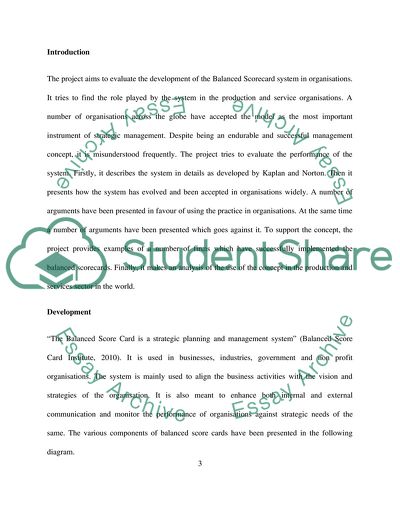Cite this document
(Accounting - Balanced Scorecard Concept Case Study, n.d.)
Accounting - Balanced Scorecard Concept Case Study. Retrieved from https://studentshare.org/finance-accounting/1744918-accounting
Accounting - Balanced Scorecard Concept Case Study. Retrieved from https://studentshare.org/finance-accounting/1744918-accounting
(Accounting - Balanced Scorecard Concept Case Study)
Accounting - Balanced Scorecard Concept Case Study. https://studentshare.org/finance-accounting/1744918-accounting.
Accounting - Balanced Scorecard Concept Case Study. https://studentshare.org/finance-accounting/1744918-accounting.
“Accounting - Balanced Scorecard Concept Case Study”, n.d. https://studentshare.org/finance-accounting/1744918-accounting.


